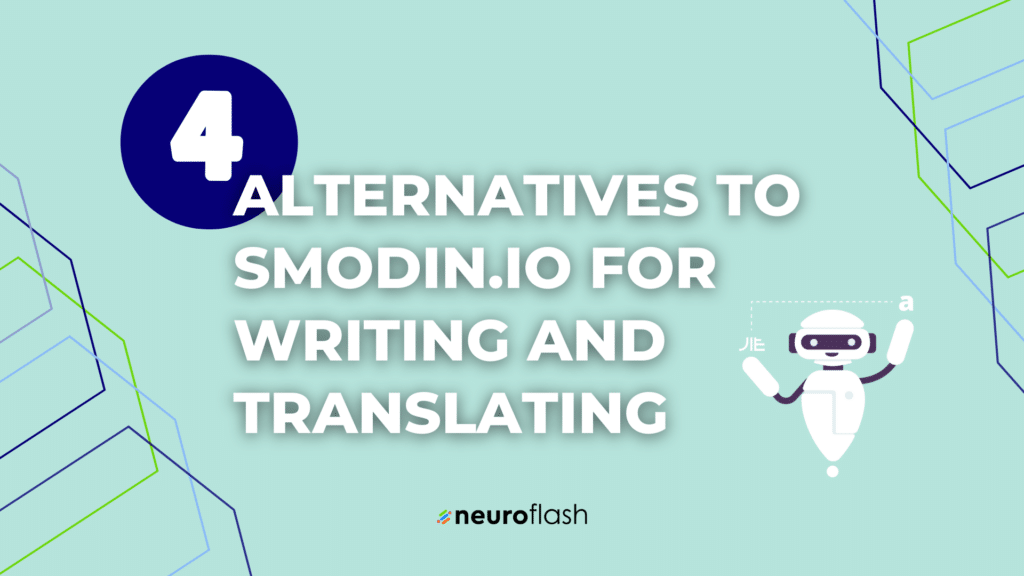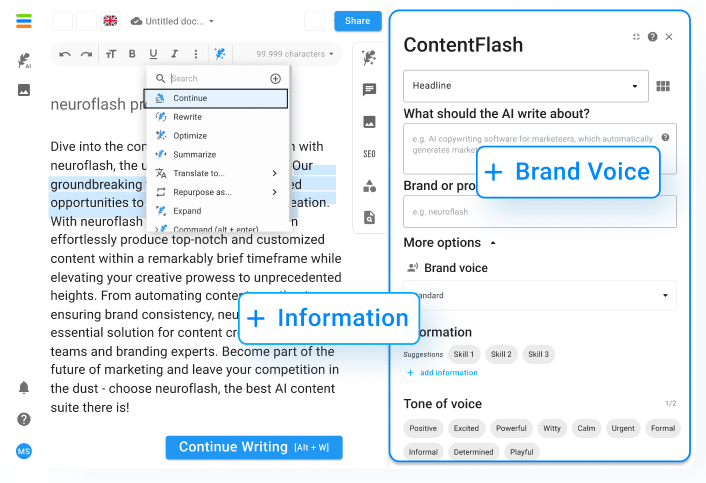Social media is an important part of any company’s marketing mix these days. But the question of what content to post, when and where, is a major challenge for many companies. An editorial plan for social media helps to stay on top of things and to post the right content in the right place at the right time.
What is an editorial plan for social media?

An editorial plan for social media is an overview of the content you want to post on your channels. It helps you produce and post content consistently and regularly. That way, your channels stay active and you appeal to your target audience. You should consider the following points in your plan: – Which social media channels do you use? – Which target group do you want to reach? – What is your goal? – How often are you going to post? – What kind of content do you want to post? With this information in mind, you can create a plan that is tailored to your exact needs.
Reasons for a social media editorial plan
1. it helps you to achieve your goals
If you don’t think about what you want to achieve with your channels beforehand, you won’t. A plan helps you clarify what goals you want to achieve and what content you need to publish to achieve them.
2. it structures your work
If you don’t have a plan, you’ll go haphazardly and publish posts without thinking about whether they fit your goals. An editorial plan gives you structure and helps you work specifically toward your goals.
3. it helps you to publish content regularly
If you don’t have a plan, it’s easy to get into writer’s block or lose motivation. But if you know what you want to publish and when you want to publish it, it’s much easier to produce content on a regular basis.
4. it saves your time and effort
If you don’t have a plan, every time you want to publish a new post, you have to think about what to write first. This will cost you a lot of time and effort. But if you have a plan, you’ll always know ahead of time what you’re going to publish next, saving you a lot of time and effort.
5. it makes your work more effective
If you don’t have a plan, it’s easy to publish content that doesn’t fit your goals or that doesn’t resonate with your audience. With an editorial plan, you can make sure that all of your posts are aligned and effectively pay off your goals.
How much time should you invest in planning?
When creating a social media editorial plan, you should first consider how much time you want to invest in planning. Because depending on how much time and energy you invest in planning, the scope and quality of your plan will evolve accordingly. This can be a great help for setting up and implementing your strategy. It helps you define your goals, target your audience, and plan your content. The better you create it, the easier it will be to put it into practice.
So you should first be clear about how much time you want to spend on planning. Because the more time and energy you invest in planning, the better the result will be.
How do I make a social media editorial plan?
Creating an editorial plan for social media isn’t that hard. The most important question you need to ask yourself is: what content do I want to post, when and where? If you can answer this question for yourself, you’ve already created a big part of the plan.
Start by making a list of the things you want to post. This includes blog articles, images, videos, podcasts or other media. Once you have a list, you can decide where and when to post that content.
Some people choose to be active on all platforms. Others opt for a specific platform or network. There is no right or wrong – it all depends on what works best for you.
If you choose the first option, which is to post your content on all social media platforms, it’s important to think about how to customize it on each platform. For example, you shouldn’t post the same text on Twitter as you do on Facebook. Why? Because people on Twitter consume differently than people on Facebook. People scroll through their timelines faster on Twitter, so your tweets should be short and to the point. On Facebook, on the other hand, you scroll slower and that’s why you can post longer texts here. So you should have a separate plan for each platform and think about what topics work best there.
If you are unsure, you can also start with one platform first and add more later. The most important tip is: Stay tuned! Whether you choose one platform or multiple, you won’t see results without regular updates.
This video shows you in more detail how to plan your content:
A step-by-step guide to creating a social media editorial plan can be found here.
What content should be included in my social media editorial plan?
When creating an editorial plan for social media, remember to include the following:
1. which platforms do you want to use?
To start, you first need to decide which platforms you want to use. Do you want to post on all relevant platforms or just a few? Depending on how many platforms you want to use, you’ll need to adjust your plan accordingly.
2. what is your target audience?
Before you commit to anything at all in your plan, you should first consider who exactly your target audience is. Because everything that will be included in it should be targeted to your audience. For example, if you have a business that caters to young adults, your posts and articles should be customized accordingly.
3. what kind of content do you want to publish?
Now that you’ve figured out which platforms and which audience you want to target, you can start thinking about the type of content you want to publish. Are you going to publish mostly blog articles? Or do you want to share in other ways, like videos or infographics? Think carefully about what type of content best suits you and your business, then add it to your plan.
4. when do you want to publish your posts?
Another important point you should consider is the timing of the release. You need to consider when exactly is the best time to post your content. Do you want to publish multiple posts daily or just once a week? And on what days and at what times should the posts go live? You should be able to answer all these questions before you start creating the plan.
5. what should be the tone of the contributions?
Also important is the question of the tone of the contributions. Should they be written in casual language or should the tone be more professional? Again, it all depends on who exactly your target audience is and what image you want to convey. For example, if you have a business that caters to young people, it may make sense to adopt a casual and informal tone.
To efficiently publish new content, you can also include AI text generators like neuroflash in your plans. This allows you to write engaging marketing copy like an Instagram caption in a short amount of time. All you have to do is submit a short briefing with your ideas about the post:

You can register here and access the free features of neuroflash.
Tools for creating an editorial plan
There are many different tools you can use to create your social media editorial plan. Some of them are:
1. trello:
Trello is a collaborative tool that allows you to build your social media editorial plan in the form of a board. You can create different maps for different channels and then share them with your team.
2. google docs:
Google Docs is a free online document processing tool that allows you to create and edit your social media editorial plan. It is very easy to use and offers many useful features such as the ability to share and collaborate on documents.
3. Hootsuite Insights:
Hootsuite Insights is a paid tool that gives you detailed analytics of your social media activity. It also provides a set of templates for different types of editorial plans that you can use.
4. sprout social:
Sprout Social is also a paid tool that offers similar features to Hootsuite Insights. However, it also offers a number of additional features such as the ability to schedule and publish your posts to social networks.
What does a typical social media editorial plan look like?

A typical social media editorial plan looks something like this:
Monday:
- Posted an interesting quote on Twitter
- Write a short blog article about a current topic
- Share an exciting photo on Instagram and tell a little story about it
- Publish a new article on your Facebook page -Research interesting content for the remaining days of the week
Tuesday:
- Share an interesting article you read on Twitter
- Write a longer blog article about a current topic
- Research interesting content for the remaining days of the week
Wednesday:
- Publish a new article on your Facebook page
- Share an exciting photo on Instagram and tell a little story about it
- Research interesting content for the remaining days of the week
Thursday:
- Write a short blog article about a current topic
- Share an interesting article you read on Twitter
- Research interesting content for the remaining days of the week
Friday:
- Publish a new article on your Facebook page
- Share an exciting photo on Instagram and tell a little story about it
Weekend:
- Research interesting content for the coming week
How do I measure the success of my contributions?
With the right metrics, you can measure the success of your posts to find out what is well received and what is not. The key metrics for measuring success are:
- Reach: How many people have seen my post?
- Engagement: How many people interacted with my post?
- Click rate: How many people clicked on a link in my post?
- Conversion rate: How many people who have seen my post have subsequently performed a certain action (e.g. subscribed to newsletter, purchased product)?
To figure out which metric is most important to you, you must first define what your goal is with your social media presence. For example, do you want to drive more traffic to your website or attract new customers? Once you know what goal you want to achieve, you can use the corresponding metric as a measure of the success of your contributions.
Find out whether you should approach your social media marketing with or without an agency in this article.
Frequently asked questions & answers
What is an editorial plan?
An editorial plan is a list of topics and content to be published in a given time period.
Why is an editorial plan important?
An editorial plan helps to make work more efficient and ensure that all relevant topics are covered.
How should an editorial plan be structured?
An editorial plan should include the goals, content, deadlines and channels of the social media campaign.
Useful tips
-
Consider which social media channels are best for you and your audience.
- Create a schedule that defines when and with what content you want to serve which channel.
- Find out what your audience is interested in and plan your content accordingly.
- Be sure to post regularly and keep offering new content.
When planning your social media presence, an editorial plan is essential. This plan will help you achieve your goals and provide consistency in your message. A good plan includes a strategy, goals, themes, content and a schedule. It’s important to take your time when creating your plan and revise it regularly to ensure you’re successful with your social media presence.























